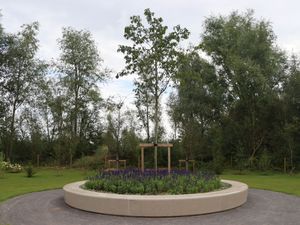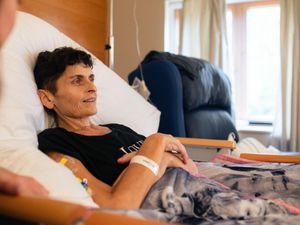Non-Covid excess deaths in private homes now outnumber virus deaths – ONS
The ONS analysed registrations of excess deaths which were not linked to coronavirus up to July 10 in England and Wales.

The number of excess deaths in private homes in England and Wales not linked to coronavirus has overtaken the number of Covid-19 deaths in all settings per week, new analysis shows.
Since the week ending June 26 there have been more non-coronavirus deaths registered above what would usually be expected in private homes than deaths registered involving Covid-19, the Office for National Statistics (ONS) said.
Private homes have also experienced the highest number of excess deaths not linked to Covid-19 out of all settings.
This is despite overall non-coronavirus deaths falling to below average levels.

The ONS analysed registrations of excess deaths which were not linked to Covid-19 up to July 10 in England and Wales.
In the week ending July 10 there were 672 deaths registered in private homes above the five-year average that did not involve coronavirus.
Hospitals, care homes and hospices all had fewer than average deaths not involving Covid-19 that week.
In comparison, there were 366 deaths involving coronavirus in England and Wales that week in hospitals, care homes, private homes, hospices and other settings.
The ONS said: “Some of these deaths at home may be people who would have otherwise died elsewhere, particularly in hospitals, where we see much lower levels of mortality than is usual for the time of year.
“This could indicate patients are not being admitted to hospital or being discharged sooner.
“For deaths at older ages, it could be that individuals choose to die at home rather than be admitted to hospital.”
The figures also show that by the week ending July 10, cumulative non Covid-19 deaths in private homes in England and Wales were 11.1% higher than average levels for that point in the year.
By contrast, cumulative non Covid-19 deaths in hospitals had dropped to 12.5% lower than average levels.
Cumulative non Covid-19 deaths in care homes had reached 6.4% above average by the week ending May 29, but the level then began to fall and stood at 4.5% above average by the week ending July 10.
The rise in deaths in private homes will be investigated further by the ONS.
Since May 1, non-coronavirus death registrations have been below the five-year average, with the exception of one week which followed a bank holiday that probably caused a backlog.
By the week ending July 10 they were at a comparable level to early 2020, before the first Covid-19 deaths were registered.
Registered deaths in care homes that do not involve Covid-19 have also returned to pre-coronavirus levels.
Most leading causes of death between March 7 and May 1, including dementia and Alzheimer’s disease, have since returned to levels “more consistent with the start of the year”, the ONS said.
Deaths due to influenza and pneumonia, which were below the five-year average earlier in the year, are back to slightly below average levels for this time of year.
The ONS said increased social distancing could have reduced flu infection rates, or that those most susceptible to flu have died due to other causes such as Covid-19.
But some underlying causes of death recorded earlier in the year remain above average, including deaths involving diabetes and hypertensive diseases.
The ONS said some trends will only be understood with more time due to delays in registering deaths from certain causes, while others “we may not ever understand fully”.
Mortality displacement, where the deaths of some people are brought forward to earlier in the year, could be contributing to the low levels seen in recent weeks, the ONS said.
This theory is borne out by evidence that the groups which experienced higher non-coronavirus mortality earlier on in the year, such as those aged 80 or over, experienced the largest decreases in non-Covid-19 mortality more recently.





